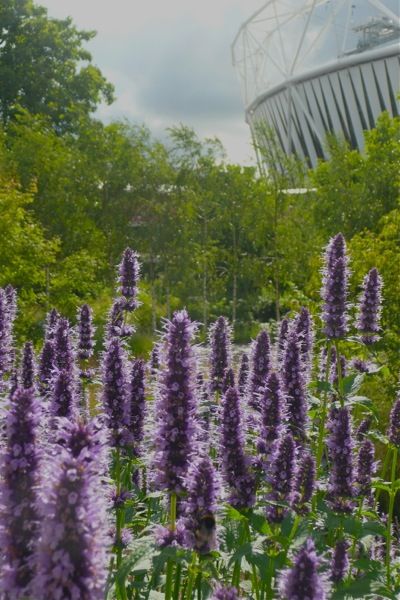Somethings haven't changed in the past month, since the Ock featured in this blog - the wooden footbridge is still closed for health and safety reasons, apparently the bridge is rotten and Vale Council are currently asking for quotes on getting it fixed, hopefully it won't be too long till it is reopened.
.
.
The river is also still high, although not at as high as the earlier in the year.
.
.
The water vole breeding season is nearly over, but they are still active, although not as obvious as they were earlier in the year.
.
.
And a grim discovery, a partially eaten moorhen, indicating that maybe otters are still present on the river.
.
Wildlife and other things of interest on and around the river Ock in south Oxfordshire
Wednesday, 29 August 2012
Thursday, 9 August 2012
Views of the Lea
If not sister rivers, the Ock and the Lea can perhaps be considered distant cousins - they are both quite small, the Ock is 20 miles long, the Lea is about 40 miles and they are both tributaries of the Thames, the Ock joining at Abingdon and the Lea joins at London's East End.
But something remarkable has happened to the Lea which makes it unique - it is the centre of a £30 million development - the London 2012 Olympic Park:
.
.
And certainly the money has been very well spent, turning an industrial backwater into a spectacular sight.
In some places, the river looks like it is part of a science fiction film, such as the inflatable roof on the water-polo arena
.
Elsewhere, the river banks and footpaths are resplendent with millions of late flowering meadow flowers:
.
.
As impressive as the flowers are, there are a disappointing number of bumblebees (although there were a few honey bees) on the flowers, the most popular being the perennial Agastache 'Black Adder' in the 'Great British Garden'.
.
.
After the games end, the Olympic Park will be known as the Queen Elizabeth II park and it will be interesting to see how the acres of meadows and parks are maintained, especially if the stadium becomes used by a Premier League football team - who may not show the reverence that the hundreds of thousands of visitors to the Olympics have shown.
It will also be interesting to see whether the development around the River Lea does indeed become the promised legacy or if it becomes an expensive folly, like the 2004 Athens Olympics - where the current wildlife highlights are the frogs in the disused swimming pools:
Saturday, 4 August 2012
Life & Death on the Thames Path
Back in March, the Thames Path was full of mating toads:
.
.
Now, five months later, their eggs have turned to tadpoles and those that have survived have become toadlets - a fully formed toad, but only 1cm long.
In order to avoid predation, they are camouflaged, which does mean walkers have to be careful not tread on them - as they can be very difficult to spot.
.
.
However for those that reach full size, the risks change, but are equally severe - including ending up as a meal for an otter:
.
Subscribe to:
Comments (Atom)











